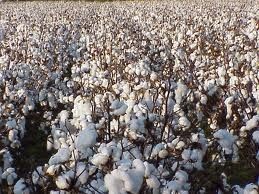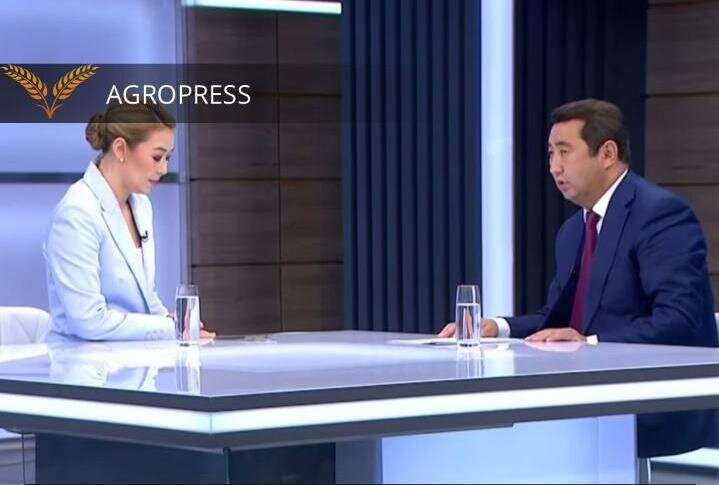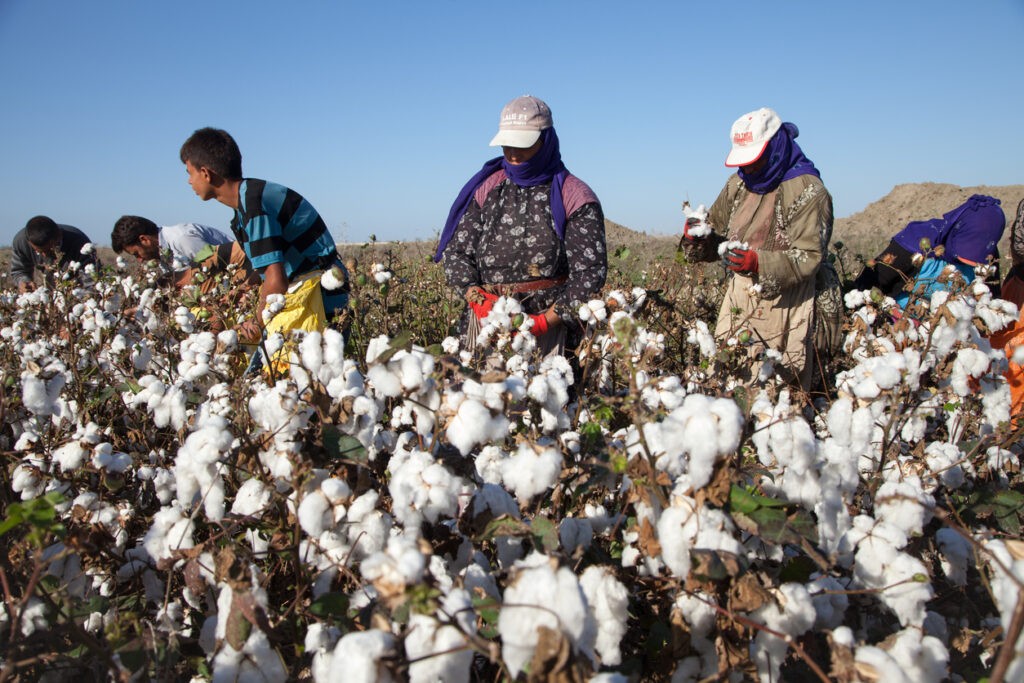TASHKENT (TCA) — Under the new president, Uzbekistan is pursuing a policy of agricultural diversification — reduction of land areas under cotton, which has been the country’s main agricultural export item for decades, in favor of fruit and vegetables, whose export is to bring in even more money to Uzbek farmers and more hard currency to the State. We are republishing this article on the issue, originally published by EurasiaNet.org:
At the turn of the first millennium, Bukhara-born philosopher Avicenna recommended using liquid extracts from caper buds to soothe the effects of hemorrhoids and toothaches. The bush itself, he said, could be exploited to treat asthma or even purge the body of parasitic worms.
A thousand years later, Uzbekistan’s president has suggested the plant could help address yet another chronic condition — the farming sector’s addiction to cotton.
“Instead of [cotton], we should grow fruit and vegetables, melons and marrows, which are more profitable. People should be properly remunerated for their work,” Shavkat Mirziyoyev said during a visit to the Namangan region in the Ferghana Valley earlier this month.
The appeal of capers in particular, he said, is that the plant prospers in unpromising locations, even where cotton will not take root. Caper bushes regularly grow unbidden in rocky ground or even out of the sides of abandoned buildings. To help create an industry support structure, farmers should form an Association of Caper Growers, Mirziyoyev said.
Agricultural sector officials have now been given the job of working out ways to expand cultivation and find export markets for capers.
This year, there are plans to plant more than 3,000 hectares of caper bushes in the Namangan region alone. Similar plans have been drawn up for other, even more inhospitable terrain in the Kashkadarya, Samarkand and Jizzakh regions.
The Capparis Spinosa variety of the plant already grows in the wild across Uzbekistan and is popularly known as “wild little watermelons.” Scientists at the Namangan Institute of Engineering and Technology and the Tashkent State Agrarian University have done tests to develop new techniques to develop caper cultivation in controlled conditions, but they warn that it will take time to see any results.
“Capers, like melons and watermelons, proliferate very widely in Uzbekistan, but they only grow in the wild. The fruit of the caper is usually about 5 centimeters long and 3 centimeters wide. We need a scientific project, experimental cultivations and financing to develop capers. For this we will need at least three or four years,” said Egamyor Ahmedov, a biologist at the Tashkent Agrarian University.
Caper bushes are hardy plants and require little moisture, unlike cotton and grain. The leaves are often used as feed for livestock, although in a convenient feature, they are usually spurned by otherwise omnivorous goats, vast numbers of which roam the Uzbek countryside. With relatively little outlay and labor, capers can be harvested four times a year.
What is being picked now is already being sold abroad. In 2016, Uzbek growers opened promising new markets by exporting pickled capers to buyers in Italy and Spain.
Rustam Shokirov, the head of an export company in the city of Jizzakh, said villagers in his region harvest around 2,000 tons of capers a year.
“Our company pays people around 8,000 sum ($1) for a kilogram for them. The largest buyer is Turkey. They personally come and take away the raw product at $1.5-$2 per kilo. We even have interest from Italy and China in the capers. There is good business to be done here if it is done well,” Shokirov said.
The manager of a small company that deals in pickling capers, Ilhom Abdullayev, told EurasiaNet.org that in a space of one hectare it is possible to grow more than 1,500 caper bushes. Each plant yields around six to eight kilograms.
“For now we are harvesting around 400 hectares and we will be pickling them for export. Now [the authorities] are allocating us another 3,200 hectares of land in foothill areas specifically for cultivating capers,” Abdullayev told EurasiaNet.org.
The bigger picture here is that Mirziyoyev has become a champion of agricultural diversification in the interests of boosting the value of the country’s exports.
Last year, Uzbekistan sold 818,500 tons of fruits and vegetables abroad, a 38 percent increase on the year before. The export market is dominated in terms of cash value by perennial favorites like cherries, raisins, apricots, grapes, beans, tomatoes, fresh herbs, peaches and persimmons. More of that and less cotton is the goal.
As of last year, Uzbekistan began exporting to nine new markets, including those caper sales to Spain and Italy. Other newly opened markets include Lebanon for walnuts; Israel, Vietnam and the Czech Republic for raisins; Belgium and Holland for dried fruits; and Switzerland for fresh grapes and melons.
Under a Mirziyoyev-led project, more than 50 hectares across 23 regions are to be set aside for the cultivation of saffron.
Another major state-led project is to create cherry orchards across the whole country. Every year in Uzbekistan, around 100,000 tons of cherries are cultivated — of that, around 30 percent is exported. Some $50 million worth of cherries was sold abroad in 2016.
The real breakthrough for all these fledging commercial enterprises came in June, when Mirziyoyev approved a decree allowing vegetable and fruit growers to sell their wares to foreign buyers directly. In doing so, he effectively broke up foreign trading company Uzagroexport’s lucrative monopoly.
This twin set of developments — diluting the heavy reliance on cotton and wheat, while also handing more earning power to growers — has been long needed, said economist Rafael Sattarov.
“Reorienting part of agriculture in Uzbekistan toward the production of fruit and vegetables is a correct policy. And although the results may not be seen immediately, we need to wait until the policy starts to justify itself,” Sattarov said.








